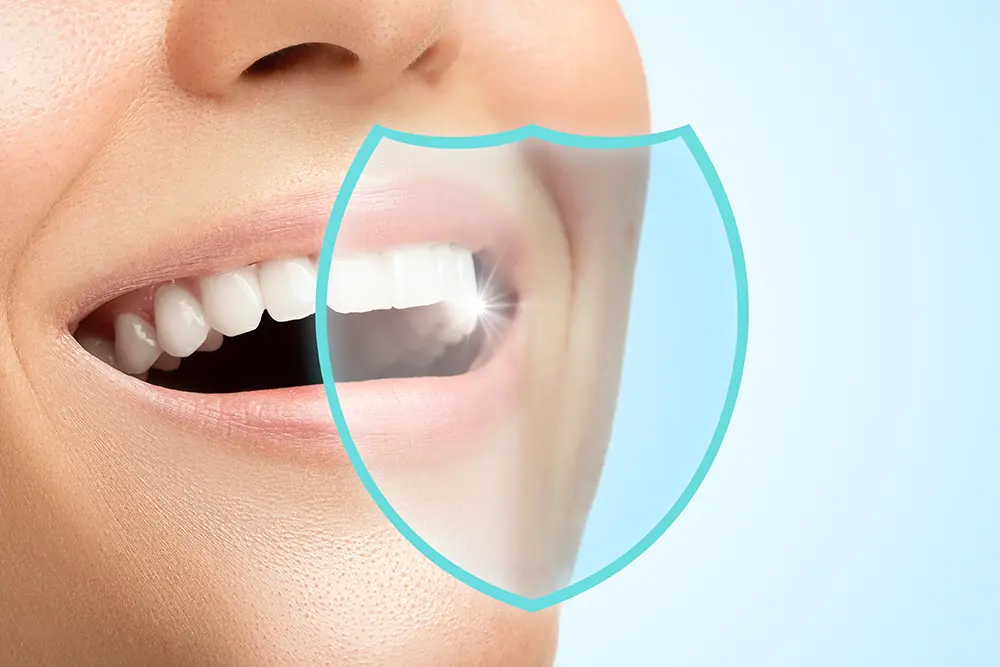Let’s face it, most people do not like visiting the dentist. For many, a visit to the dentist is a nerve-wracking experience. It does not help that it usually also hurts their wallets.
It is hard to quantify or completely understand any form of phobia, and this includes dental phobia. Add in the high cost of seeking dental treatment, as well as the inconvenience of taking time out to actually attend the dental office, and we have the ideal recipe for avoidance of formal dental care.
Ta-dah! This makes for perfect sense to web-search for other available options to fix your dental problems. In comes the ideal solution–DIY dentistry–a cheaper and more convenient alternative to visiting the dentist. There’s also the added benefit of being able to evade the dreaded dental drill.
So, is DIY dentistry the future? Is dentistry doomed to be a sunset profession?
Unfortunately for most, the answer for the above two questions is a resounding “no”. With the advent of everything being available on the internet these days, DIY dentistry has gained in popularity, but is it really safe?
What is DIY dentistry?
As the name suggests, DIY Dentistry is Do-It-Yourself Dentistry. Today, you can buy any number of DIY kits off the internet to fix up your own teeth in the comfort of your home. This ranges from “simple” treatments like whitening your teeth yourself, to filling, extracting, and even straightening your own teeth.
Let us go through some examples of DIY dental care, and their pros and cons.
1. Over-the-counter (OTC) Filling Kit
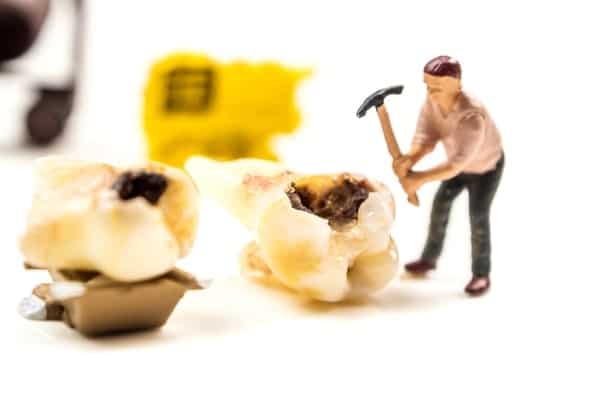
OTC filling kits are emergency kits marketed as a temporary remedy for people who have lost their fillings, or have a large hole in a tooth, but can’t see a dentist straight away. These kits are not a permanent solution to filling cavities.
The kit usually contains a temporary dental material (usually zinc oxide) that may come with eugenol (oil of cloves) that has to be mixed and then packed into the cavity using the provided applicator.
This product makes sense for people who live in isolated communities and are unable to access timely dental care, or for underprivileged people awaiting dental care on a long public waitlist in some countries. However, the kit may not have a place in a small country like Singapore, where both public and private dental care are easily accessible and relatively affordable.
Note that these kits are not available for retail in Singapore and have not been approved for use by the Health Services Authority (HSA).
Additionally, the disadvantage of these kits is that patients often then put off dental care until there is severe pain or swelling. What could have been addressed by a simple filling has now escalated into a root canal or a tooth extraction.
2. DIY Tooth Removal
I kid you not. I have actually had patients with a swollen face walking into the dental office citing a DIY tooth removal gone wrong.
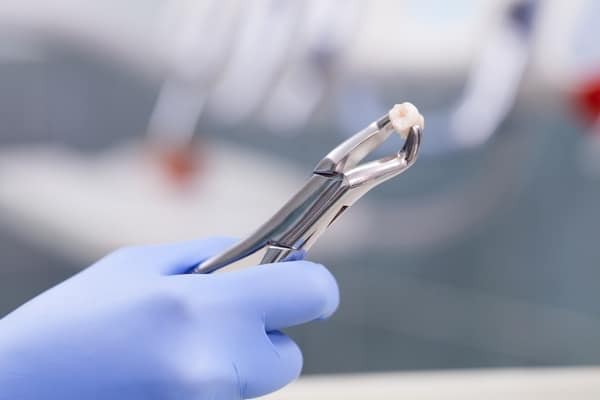
These patients tell me that they have previously seen and experienced how dentists remove teeth, and it did not look too difficult. Hence, they attempted to do the same at home using pliers they found in their toolbox.
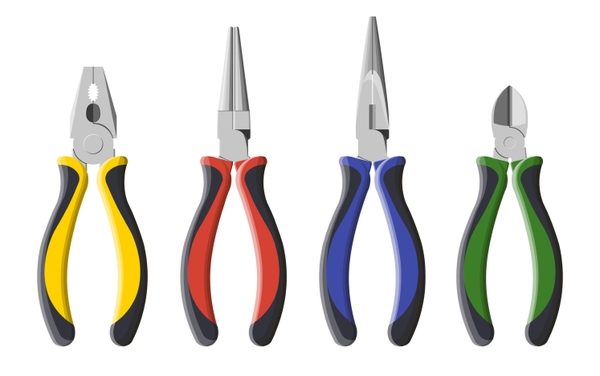
They reassured me that said pliers have been sterilised before use, by boiling them over the stove. The end result is usually that the patient has managed to snap the top part of the tooth off, and left the rest of the tooth (root) behind, under the gums; over time an infection developed.
By snapping the top part of the tooth off, the process of tooth removal is made more challenging, not to mention that the patient has also put themselves at risk of a potentially serious spreading infection (cellulitis).
3. DIY Teeth Whitening
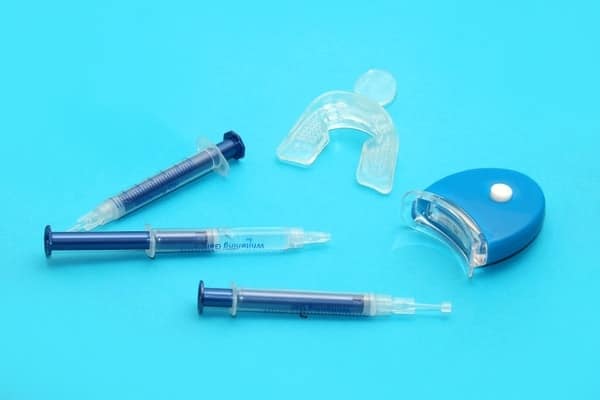
There are many DIY teeth whitening kits available in pharmacies and on the internet alike. It is hard to quantify which product is safe and which is not. However, as a general rule of thumb, products with a high concentration of hydrogen peroxide should not be used without appropriate supervision by a registered dental professional.
According to HSA recommendations, teeth whitening products with greater than 0.1% concentration of hydrogen peroxide should only be supplied under supervision of registered dental professionals.
Products containing high concentrations of hydrogen peroxide can be potentially corrosive. They may worsen pre-existing teeth and gum problems like teeth sensitivity and gingival lesions.
Prolonged and unsupervised teeth whitening, even in low concentrations, can also result in irreversible damage to teeth. This may necessitate root canal treatments or teeth removal in extreme cases.
4. DIY Home Teeth Scaling Kits
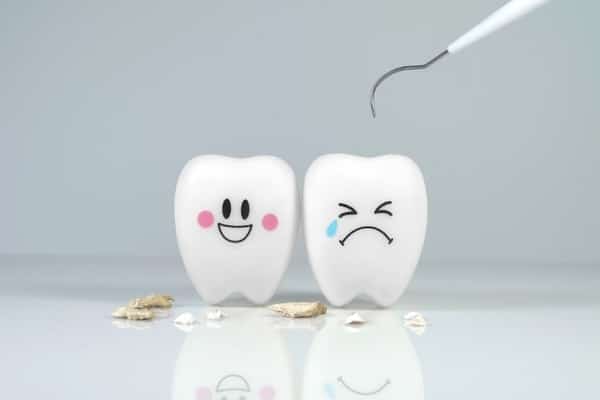
It may seem like a good idea to try to clean your own teeth using these DIY home teeth scaling kits, and save that six-monthly visit to the dentist.
However, the device that is included in these kits are usually sharp, and have definitely not been sterilised. There is the obvious risk that you may stab yourself while trying to use the device, in addition to the fact that such a device in untrained hands can damage teeth and gums alike.
Predictably, patients can only access and visualise the front teeth. Thus, the back teeth are often missed or neglected in these cases.
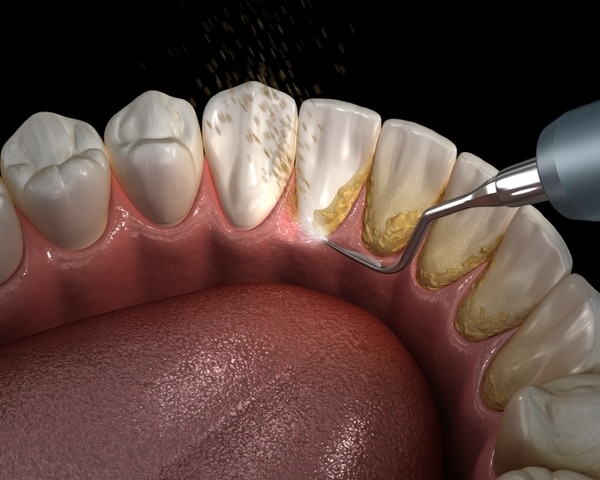
In addition, skipping your regular visits to the dentist can also mean that tooth decay and gum disease may go undiagnosed and are left untreated.
5. DIY Straightening of Teeth
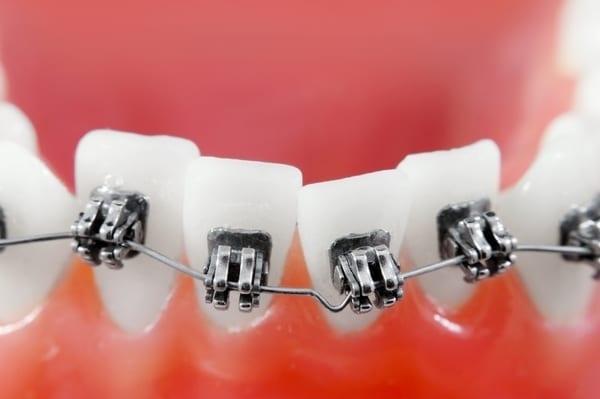
There are quite a few companies that market direct-to-consumer teeth straightening devices; you can usually see testimonials by consumers that laud the effectiveness and economy of said devices.
I have no doubt that some of these testimonials are true, but it is ultimately still a dangerous gamble to undergo such treatment without prior examination and careful treatment planning by a trained dental professional.
When such DIY treatments go unsupervised, the treatment outcome may not be as expected, and the consequence may be irreversible damage to teeth and gums. This can culminate in the eventual early demise of teeth.
There have also been some reported cases where patients have used rubber bands as a cheap and quick fix-it to move teeth. It must be stated that no one is able to anticipate nor control the forces applied by a rubber band, and hence the predictability and effectiveness of such a treatment module is questionable at best.
There have been instances where the rubber bands slipped and were wedged under the gum line for a period of time, and the patient did not seek professional help until the gums swelled up and the teeth started to get loose, by which time the extent of the damage to the soft tissues and bone supporting the teeth were too great, and the teeth had to be removed.
6. The Trusty Nail File
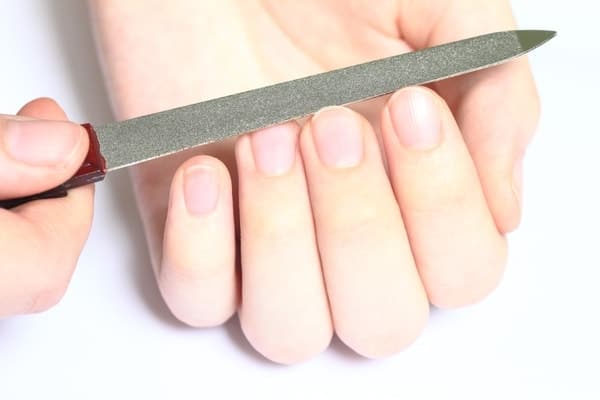
I cannot speak for other dentists, but many of my patients tend to come in and tell me the many wonders of a nail file when it comes to their teeth (natural or false).
Apparently, nail files are great to file down that chipped tooth that is annoying your tongue, or that tooth that looks too sharp when you smile. Sometimes, the nail file comes in real handy when you need to address that sore spot on your gum that is caused by a rough bit on your denture.
Word of advice? Don’t do it. Nail files are for nails, not for teeth or dental prostheses. Your dentist may not be able to survive the heart attack you just gave him or her when they saw your handiwork courtesy of the nail file. Fortunately, I have a strong constitution, and lived to tell the tale.
7. Superglue

We as humans are so blessed with an adaptable brain and scientific advances. I always wondered “what did people do before the invention of superglue?” Early in my career as a dentist, I was quite impressed with the creativity of a patient who decided to use superglue to put his denture back together (a little like how the King’s men put humpty dumpty back together again).
That fascination quickly turned to dismay however, when I realized that the patient had also managed to glue some bits of tissue to the denture, and some of the teeth were glued back to front! The end result was a denture that really looked more like a possible mutation of Bigfoot – it was not a pretty sight.
Safe to say in this case, a new denture had to be made. What could have been a quick denture repair suddenly became a costlier denture replacement.
Esthetics and inconvenience aside, the chemical components in superglue are not exactly biocompatible. They can sometimes cause allergic reactions and can also be toxic when ingested.
Word of advice? If your denture is broken, please bring it to the dentist, so that a proper repair can be instituted.
8. Clip-on teeth
Truth be told, I didn’t even know these existed until a patient of mine showed it to me one day. It was quite an education to see how these clip-on teeth work.
These clip-on teeth are marketed either as the cheaper mouldable clip-on veneers (and work like the boil-and-bite sports mouthguards) or the costlier custom fabricated clip-on veneers (these come with a kit where you take an impression of your own teeth at home and send the impressions to the company, and the company then sends you back custom fabricated clip on veneers).
These clip-on teeth work to mask teeth discolouration and can also instantly visually correct crooked teeth. This can be a cheap and quick way to improve one’s dental esthetics and can also work to help one visualise the possibilities of formal dental work.
However, nothing comes without a price. Teeth discolouration can also be a sign of tooth decay, and masking the discolouration does not fix the dental decay.
Long-term unsupervised use of these clip-on teeth can result in inadvertent and unwanted teeth movement. It can also lead to surface damage to teeth and development of dental decay when food particles get stuck between the clip-on teeth and natural teeth for extended periods of time.
If patients want to use these clip-on teeth for a short period of time, to allow for improved esthetics for a job interview or a special life event, I do not believe that it is a cause for concern. That is as long as the period of use is very limited, and the patient still attends for regular dental visits every 6 months.
However, this is not, and should not be, used as a permanent solution.
In Conclusion
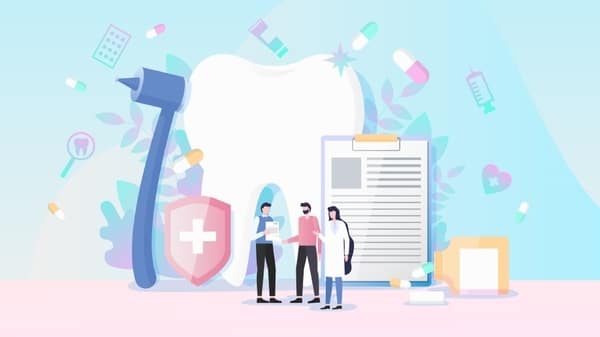
DIY dental care has come about to accommodate for our modern-day impatience and obsession with instant gratification. It also caters to people who are time-poor or loathe going to the dentist.
Many available DIY dental care options are just short term stop-gaps to tide you over until you can actually visit the dentist. Unfortunately, some are based on unsound principles or can result in severe consequences when used without proper training or supervision.
The bottom line is, DIY dental care is not recommended. However, if you still want to utilise DIY dental care, it may be prudent to first consult your dentist. The expertise and opinion of a trained dental professional goes a long way in making sure that adverse events are prevented.



